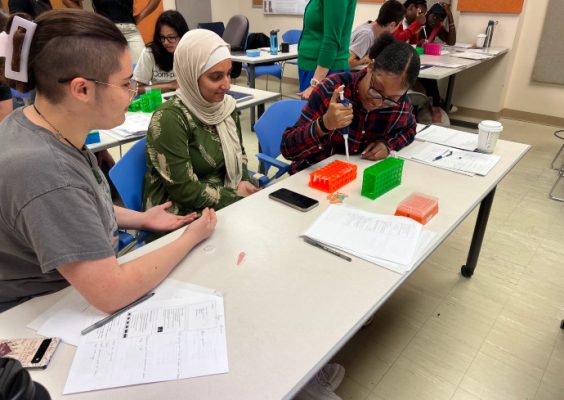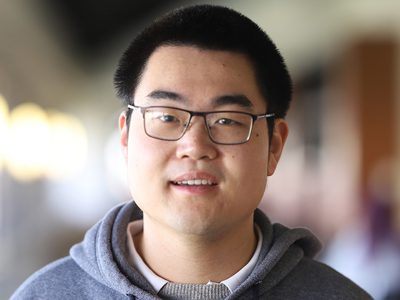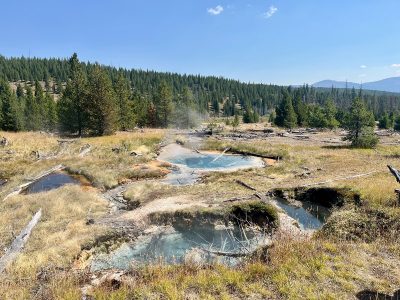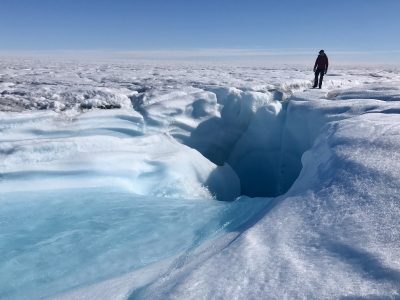A University initiative that aims to provide Syracuse-area high school students with experience in emerging technologies has been awarded nearly $1 million from the National Science Foundation (NSF) through the Experiential Learning for Emerging and Novel Technologies (ExLENT) program. The funding comes through the NSF’s Directorate of Technology, Innovation and Partnerships, which was established two years ago and codified with the enactment of the CHIPS and Science Act.
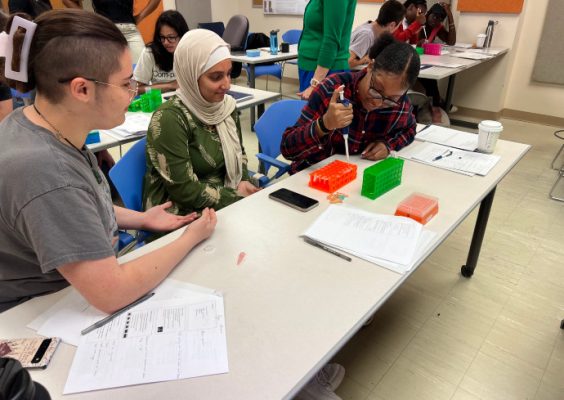
The initiative, Syracuse University Physics Emerging Research Technologies Summer High School Internship Program (SUPER-Tech SHIP), is a partnership between the Department of Physics in the College of Arts and Sciences and the Syracuse City School District (SCSD). Jennifer Ross, professor and chair of physics, is principal investigator. The co-principal investigator is Mitchell Soderberg, professor and associate chair of physics.
“This program will allow us to really increase the impact we can have on both the local community of high school students who might be interested in future STEM careers, and also on our Syracuse University undergraduate and graduate students who work alongside them and use the experience to develop as mentors, teachers and scientists,” Soderberg says.
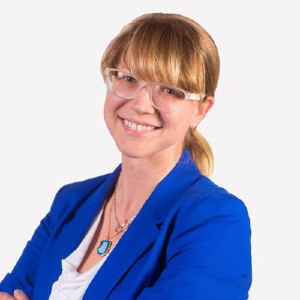
Through SUPER-Tech SHIP, student interns will be exposed to skills and concepts related to quantum information, semiconductors and biotechnology during a six-week program. It’s based on a successful pilot program run by the physics department during the summers of 2022 and 2023. That program, Syracuse University Research in Physics (SURPh), engaged SCSD students and recent graduates in six-week, paid internships, during which they worked alongside faculty researchers in physics labs and classrooms. Ross developed it after then-student Ruell Branch ’24 told her that his former classmates at SCSD’s Henninger High School would love to experience hands-on learning in the University’s physics lab.
“I am very invested in exposing people to the positives of physics and science—especially people who have been historically excluded from the field due to cultural stereotypes,” Ross says. “I want people to have opportunities, and this program is a way to give people opportunities to learn about other career paths.”
SUPER-Tech SHIP, like SURPh, seeks to create STEM career pathways for historically excluded groups by involving them in authentic research experiences and providing mentoring and peer networks. The SCSD student body is 48% Black, 15% Latino and 1% Indigenous; 85% of students are economically disadvantaged. To recruit students to the program, physics faculty members will visit SCSD classrooms to promote participation. Applications will be evaluated based on a student’s persistence and grit, rather than science experience.
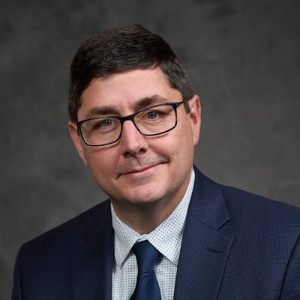
Following an orientation “boot camp,” interns will work in pairs on long-term research projects in the labs. Ross says interns may work on biotechnology in biophysics labs, looking at the mechanical nature of bacteria; particle detection, using semiconductor technology and novel detection schemes; or astrophysics, working to understand how black holes collide and tear apart stars.
Past participants in the SURPh project will return to serve as peer mentors and participate in research with current interns. The interns will also benefit from seminars on science topics, professional development workshops, lunch-and-learns with speakers from the University and the industry and weekly activities to introduce them to different areas of campus. The six weeks will conclude with a poster session and a celebration event attended by the interns’ friends, family members and teachers.
Ross says encouraging the next generation of creative problem-solvers to work in tech is essential in order for the U.S. to remain competitive in the high-tech industry, and that “creativity requires diversity in thought and that often comes from diversity in thinkers.”
She also notes the program’s synergy with the impending arrival of Micron Technology in Central New York. “Micron will need many workers for the fabrication and production factory, and the exposure the students will get will help them to understand the fundamental science and the cutting-edge technologies that microchips support,” she says. “It is the right thing to do to develop our local economy by training the folks in our community who have outstanding potential to make the world a better place through high-tech solutions to the world’s problems. Syracuse is the right place for this development to take place.”
